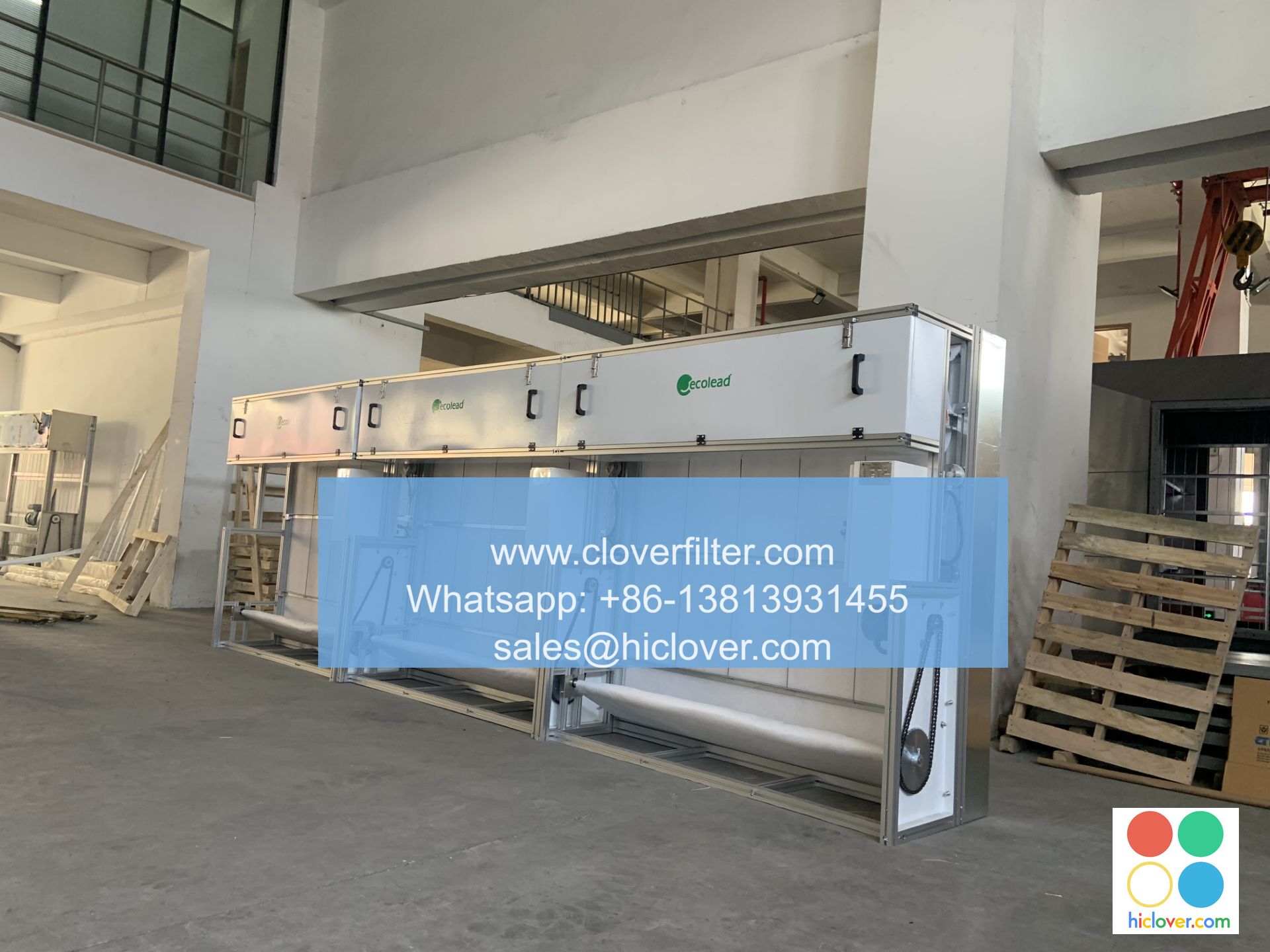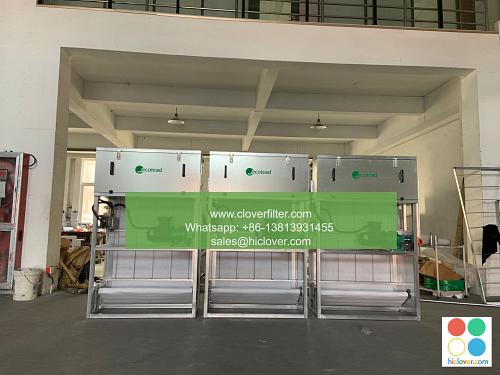Maximizing Energy Efficiency with Air Filter Integrations

Air filter integrations have become a crucial aspect of modern buildings, playing a significant role in maintaining indoor air quality while minimizing energy consumption. By incorporating advanced air filtration systems, building owners and operators can reap numerous benefits, including enhanced energy efficiency, improved occupant health, and reduced maintenance costs. In this article, we will delve into the world of air filter integrations, exploring their applications, benefits, and key considerations for maximizing energy efficiency.
Applications of Air Filter Integrations
Air filter integrations can be applied in various settings, including commercial buildings, residential homes, and industrial facilities. Some of the most common application areas include:
– Heating, Ventilation, and Air Conditioning (HVAC) systems: Air filters are used to remove particulate matter, pollen, and other airborne contaminants, ensuring clean air circulation and minimizing the strain on HVAC systems.
– Industrial processes: Air filter integrations are used to capture dust, fumes, and other airborne pollutants, protecting equipment and maintaining a safe working environment.
– Pharmaceutical and healthcare facilities: Advanced air filtration systems are employed to maintain sterile environments, preventing the spread of airborne pathogens and ensuring the quality of pharmaceutical products.
Benefits of Air Filter Integrations
The integration of air filters can bring numerous benefits, including:
– Energy efficiency: By reducing the amount of airborne particulate matter, air filters can minimize the strain on HVAC systems, leading to lower energy consumption and costs.
– Improved indoor air quality: Air filter integrations can remove up to 99.97% of airborne contaminants, creating a healthier environment for occupants.
– Extended equipment lifespan: By capturing airborne pollutants, air filters can prevent equipment damage and reduce maintenance costs.
– Enhanced productivity: A healthy and comfortable indoor environment can boost occupant productivity, leading to increased efficiency and performance.
Key Considerations for Maximizing Energy Efficiency
To maximize energy efficiency with air filter integrations, consider the following key factors:
– Filtration efficiency: Choose air filters with high filtration efficiency, such as HEPA (High Efficiency Particulate Air) filters or ULPA (Ultra-Low Penetration Air) filters, to minimize airborne contaminants and reduce energy consumption.
– Filter maintenance: Regularly clean or replace air filters to ensure optimal performance and prevent increased energy consumption.
– System design: Design HVAC systems with air filter integrations in mind, ensuring a balanced air flow and minimal pressure drop.
– Monitoring and control: Implement monitoring and control systems to track air filter performance, detect potential issues, and optimize energy efficiency.
Emerging Trends and Technologies
The air filter integration market is constantly evolving, with emerging trends and technologies aimed at further improving energy efficiency and indoor air quality. Some of the most notable advancements include:
– Nanofiber air filters: These filters utilize nanotechnology to capture airborne contaminants, offering improved filtration efficiency and reduced pressure drop.
– Smart air filter systems: These systems integrate sensors, monitoring software, and automated controls to optimize air filter performance, detect potential issues, and minimize energy consumption.
– Green building technologies: Air filter integrations are being incorporated into green building designs, aiming to minimize energy consumption, reduce waste, and promote sustainable development.
In conclusion, air filter integrations play a vital role in maximizing energy efficiency, improving indoor air quality, and reducing maintenance costs. By understanding the applications, benefits, and key considerations of air filter integrations, building owners and operators can make informed decisions, optimizing their HVAC systems and promoting a healthier, more sustainable environment for occupants. As the air filter integration market continues to evolve, emerging trends and technologies will further enhance energy efficiency, paving the way for a more sustainable future. It seems like you haven’t provided a prompt or question for me to respond to. Could you please provide more context or ask a specific question so I can assist you better?

